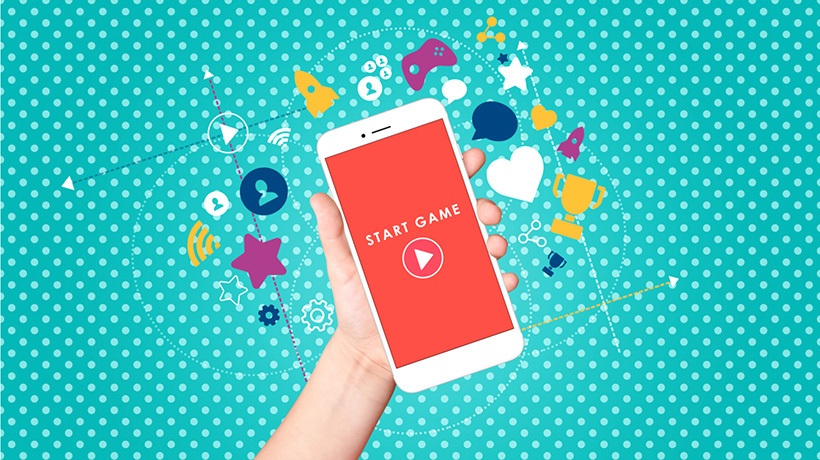Determining If Gamification Is The Right Fit For Your Training
As game-based technology becomes a bigger part of our daily lives, building gamification into corporate training is likely a natural progression for training design. The majority of today’s adult professionals play video games recreationally. The natural ability of the game design to teach users about the game itself, while creating a sense of progression, has become an effective training strategy. That being said, gamification is by no means a silver bullet for corporate training—there’s a lot to consider before asking your learners to hit that start button.
What’s In A Game?
Game theory suggests that a game possesses 3 main elements:
- Competition through score-keeping or a reward system
- Interactivity, so that the gamer is highly engaged
- Instantaneous feedback
If these three elements are suited to your content and audience, then taking the gamified route is likely a great option. The next step is to look at the training objectives and the applicable audience.
Are Your Learners Ready?
Perhaps, the first question to ask before using gamification is whether the method fits your audience. You can prepare your learners for this new experience with more than a happy email—show them you’re excited about it; give them details about their individual role in the training and why it’s important to the company. Some learners (like Millennials) are already comfortable with gaming and won’t need much preparation. Others have very little exposure to gamification or video games in general and might require a bit more attention. As with any training initiative, building employee confidence and enthusiasm comes from the top down. Create a sense of excitement among your leadership as well.
Is Your Content Convertible?
Before you start breaking down your onboarding into Virtual Reality training, let’s consider whether that’s the most effective way to present the content. Turning training into a game won’t necessarily make it more effective, but trivializing content will certainly hamper learning. If you can at least create a coherent narrative, then you’re off to a good start. Note, however, that some content is just not well-suited for games, no matter how compelling the narrative. Serious subjects like workplace harassment policies and regulatory compliance are best taught through other means. That said, gamification is generally used to help learners practice and apply content to realistic situations.
Will It Be Fun?
After evaluating your audience and sifting through content, it’s time to think about game design. The simulation should be authentic and test the learner’s capability in a realistic scenario, but it should also be fun. The main objective and sub-tasks should work together to create an enjoyable and engaging learning experience. Take advantage of the nature of storytelling and fill the game with forking paths to relevant outcomes. The game should also be challenging. Motivations for success work well to engage learners. By the end of the experience, the learner should understand what makes the simulation authentic, and know-how to apply what they learned to their role.
Pros & Cons
One of the main benefits of using gamification is that it appeals to learners intrinsically. They’re more easily motivated by competition, curiosity, and autonomy than by the promise of a donut party. Motivated learners are more likely to apply their skills outside of a simulation. Gamers are also more likely to share what they learn with each other, working together to beat the challenges of the game. In most other training methods, individuals rarely compare notes, let alone work together.
There are a couple of drawbacks for gamification, despite the benefits of interactivity and knowledge retention. Creating a well-designed game can be remarkably difficult and time-consuming, so an ill-designed strategy can impact the learning outcome. It has also been argued that gamification makes learning a fast-paced process and can shorten a learner’s attention span. Learners may begin to expect similar fast-paced responses from all parts of education, so using a less-engaging type of learning may lead to frustration.
Conclusion, Gamification As A Tool
While gamification is arguably one of the most stimulating ways to approach employee training, success requires careful planning. Both learners and content should be well-suited to this method of training, otherwise, the game might cause more frustration than learning. However, if the content can be effectively converted into a narrative, then your learners are more likely to think on their feet, apply their skills to real-life situations, and have some fun in the process.

